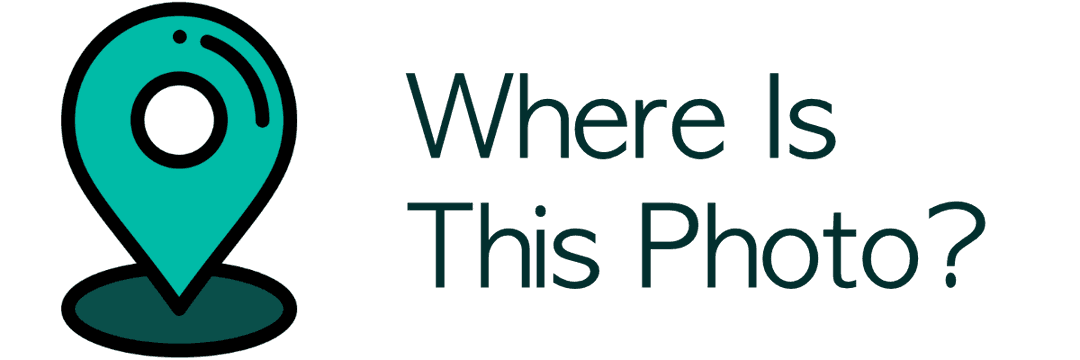How to Locate Any Photo You See Online
Have you ever come across a stunning photo online and wondered where it was taken? Whether it's a breathtaking landscape, a unique architectural marvel, or a charming street corner, identifying photo locations has become increasingly important for travelers, photographers, and curious minds alike. This guide will show you several effective methods to discover where any photo was taken.
Methods to Find Photo Locations
1. Use whereisthisphoto.com
The fastest and easiest solution. Simply visit whereisthisphoto.com, upload your image, and our advanced AI technology will analyze visual elements like architecture, landscapes, and landmarks to pinpoint the location within seconds.

2. Reddit's r/wherewasthistaken Community
With over 100,000 members, r/wherewasthistaken is a dedicated community of location hunters. Post your image there, and helpful members will use their collective knowledge to identify the location. Remember to provide any additional context you might have about the image.
3. Reverse Image Search
Try using Google Images, Bing Visual Search, or Yandex Images to find similar photos that might already be tagged with a location. These tools can help you find the same image or similar ones that might contain location information in their descriptions or metadata.
4. Geoguessr Community
The Geoguessr Discord server and forums host experienced location hunters who have developed keen eyes for identifying locations based on subtle details like architecture styles, road signs, vegetation, and even the position of the sun.
5. Social Media Location Tags
If you found the image on social media, check for location tags or geotags. Instagram, Facebook, and Twitter often have location information attached to posts. You can also try searching for similar images posted from specific locations.
Tips for Successful Photo Location Hunting
- Look for distinctive landmarks, buildings, or natural features
- Pay attention to signs, even if they're partially visible
- Note architectural styles which can indicate specific regions
- Consider vegetation and climate indicators
- Look for business names or advertisements in the background